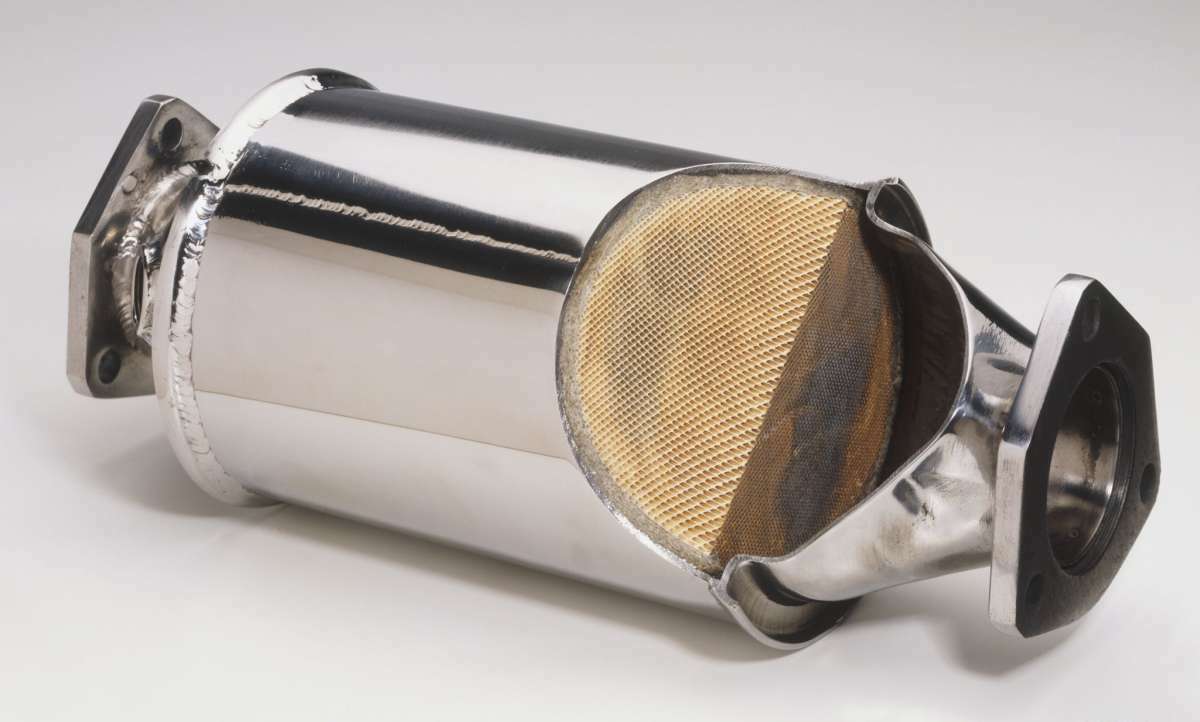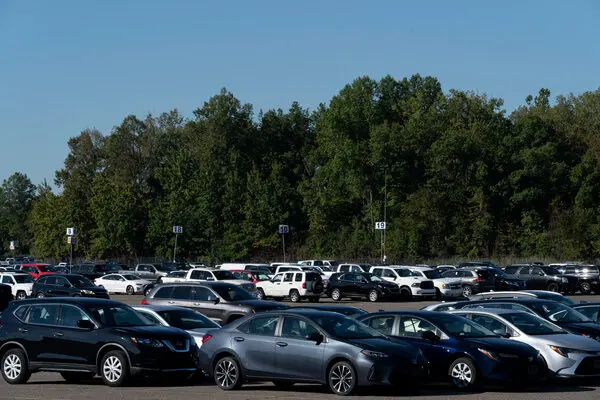Every car has a catalytic converter so you have probably heard this term before but you might not be sure what it is or what it does. It’s part of the exhaust system in cars and was essentially invented to try and prevent the system from producing too much air pollution.
Air pollution and emissions from cars has become a serious issue and more and more people are aware of how much their car is contributing to greenhouse gases and climate change.
This is why many car companies begin changing how their exhaust systems work because they wanted to make them more friendly to the environment. The National Emissions Standards Act was also created to ensure that every car meets certain standards before it’s allowed to be driven on the road.
This guide will explain what a catalytic converter is and why it’s important.
What is a Catalytic Converter?
A catalytic converter is part of the exhaust system of the car. It helps to ensure there is a lower number of pollutants entering the air. It does this by taking dangerous combustion gases and turning them into water vapor and carbon dioxide which are not dangerous to the environment.
The converter uses a combination of metals and chemicals to ensure that certain chemical reactions take place and that all pollutants are turned into harmless materials.
What is the Purpose of a Catalytic Converter?
A catalytic converter takes a chamber and uses it to change all the harmful compounds coming from the car into gases that are safe for the environment. It essentially creates steam. All the unsafe parts of the gas are taken and changed before they are released back into the air.
You will find the catalytic converter on the underside of the car and it appears to be a large metal box. You will also see two pipes coming out of it. The converter uses these two pipes and then expels the safe gases back into the air.
There is an input pipe that is connected to the engine part of the car. The gases are taken and blown over the catalyst and then the chemical reaction occurs where the pollutants are broken apart.
The gases are now less harmful and they go through the second pipe which is also called the output pipe. This is connected to the tailpipe of the car and puts the less harmful gases into the air.
The Parts of the Catalytic Converter
The catalyst part of the converter is made from platinum or a similar type of metal. It can also be made from palladium or rhodium. The gases first flow into the structure through the ceramic part of the housing. This part is lined with many different metals and reduces emissions. All of the metals in the housing have a different function but they all work to reduce the emissions coming out of the car to make the environment a safer place.
Inside the catalysts, you will find two main kinds of catalysts that are worth noting:
- The reduction catalysts are used to reduce the nitrogen oxide by removing the extra oxygen. The nitrogen oxides are then broken into oxygen and nitrogen which are both harmless gases when they are separated and on their own.
- The oxidation catalysts change the carbon monoxide into carbon dioxide by adding oxygen rather than removing it as the reduction catalysts do.
There is also a special oxygen sensor that can alert the car on how much oxygen is in the exhaust pipes. This allows the car to run more efficiently based on if there is enough oxygen or not. Oxygen is also needed to complete the process of oxidation.
The Different Types of Catalytic Converters
There are different catalytic converters and the type the car has will depend on when the car was made and what kind of car it is. Some cars do not have a reduction catalyst. Here are the two main kinds of catalytic converters you can expect to find in the car:
- Three-way: Since 1981, all cars have been created with a three-way catalytic converter. They have reduction catalysts that help to change the dangerous nitrogen oxides into oxygen and nitrogen gases so that they are not harmful to the air.
- Two-way: The two-way converter is in all cars made in the USA before 1981. They do not have reduction catalysts and only have oxidation catalysts. They can take the hydrocarbons from the car and turn them into carbon dioxide and water.
If your car has a diesel engine, then they only have two-way catalysts rather than a three-way. Diesel engines use special converters because they want to break down the hydrocarbons and also try to get rid of the organic compounds that can be harmful to the environment.
Catalytic Converters and Their Issues
Sometimes a catalytic converter can have a number of different issues and it can begin to not operate well. Since you now know how important they are for the cars and the environment, it’s important to get your converter repaired or replaced as soon as possible.
If you think your converter has issues, you might notice some of the following problems:
- Warning light: If you have a check engine light on in the car, there could be an issue with the converter or the engine. Make sure you take the car to the repair shop right away.
- Smelling rotten eggs: This means there is internal damage in the converter.
- Poor acceleration: This is a sign of trapped exhaust and means there is too much pressure in the converter.
Other signs of issues are a failed emissions test or issues when you first begin starting the engine.
Final Thoughts
A catalytic converter is very important to vehicles and always needs to be in good condition to operate well. If your converter is damaged and you need to get it replaced, make sure to recycle the old one so that the materials do not harm the environment by going into a landfill.











